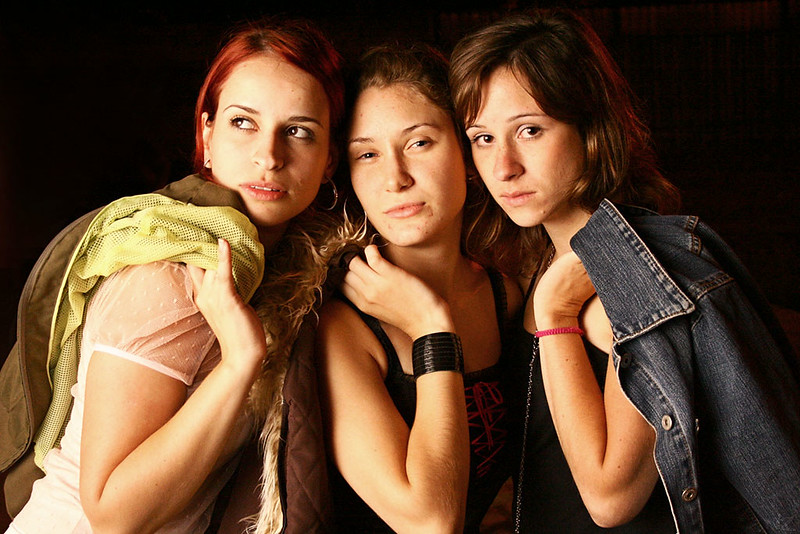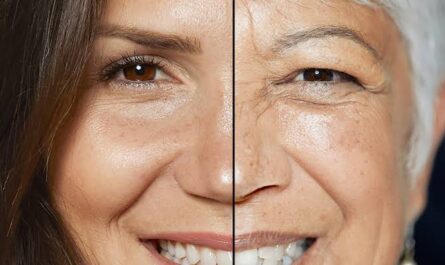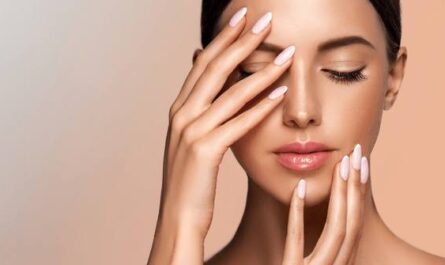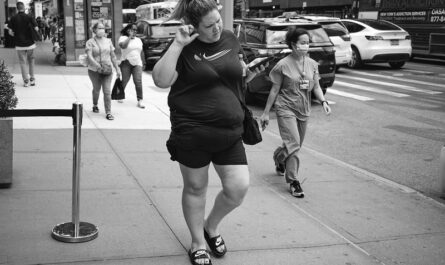Introduction
Beauty standards are powerful cultural forces that have shaped, and continue to shape, societies across the globe. From ancient ideals to modern-day trends, the concept of beauty has never been static. Instead, it’s continuously evolving, influenced by cultural values, historical events, and societal changes. Understanding how beauty standards have shifted over time provides valuable insights into how societies view themselves, how individuals perceive their worth, and the immense role that beauty ideals play in shaping identity.
In this article, we’ll trace the evolution of beauty standards from ancient civilizations to the present day. We’ll explore the factors that have influenced these ideals and reflect on what today’s beauty standards mean for society as we navigate a world increasingly impacted by social media and diverse representation.
Ancient Civilizations: The Foundations of Beauty Ideals
In ancient societies, beauty was often synonymous with wealth, power, and health, each reflected differently across cultures.
1. Ancient Egypt (circa 3100-30 BCE)
In ancient Egypt, beauty was linked to symmetry, spiritual significance, and social status. Women and men alike used kohl to line their eyes, believing it would ward off evil and highlight their beauty. Both genders engaged in skincare and grooming routines, using oils, lotions, and perfumes. Egyptian art depicted slender, symmetrical figures as ideal, often with almond-shaped eyes and full lips. Beauty was believed to please the gods, and physical appearance was closely linked to spirituality.
2. Ancient Greece (circa 800-146 BCE)
The Greeks placed great emphasis on harmony, proportion, and physical strength, viewing beauty as a reflection of moral virtue. The concept of the “Golden Ratio” emerged, reflecting an ideal balance in facial features. Greek art and sculpture often idealized youthful, athletic bodies with well-defined muscles for men and curvaceous, balanced forms for women. A fair complexion was also highly valued, as it represented purity and status.
3. Ancient China (circa 1600 BCE – 1912 CE)
In ancient China, beauty was seen as an expression of inner character, elegance, and femininity. Fair skin, delicate features, and small feet were highly valued. The custom of foot-binding, which lasted from the 10th to early 20th century, exemplified how beauty standards could become extreme, with small feet symbolizing social status and attractiveness. High foreheads, painted eyebrows, and soft, rounded faces were also admired as signs of beauty and refinement.
The Middle Ages to the Renaissance: Changing Views on Femininity and Masculinity
As societies evolved, so did beauty standards, reflecting changing values, religious beliefs, and the influence of European expansion.
4. The Middle Ages (5th – 15th Century)
During the Middle Ages, beauty standards were largely influenced by the Church, which promoted modesty and discouraged vanity. A slender, pale face was considered beautiful, and women often used lead-based cosmetics to lighten their skin. Rounded foreheads, delicate features, and a demure demeanor were highly valued. For men, a strong, sturdy build symbolized nobility and bravery.
5. The Renaissance (14th – 17th Century)
The Renaissance marked a resurgence of classical ideals, with beauty becoming associated with wealth and fertility. Women with full, rounded bodies and fair skin were seen as beautiful, as these traits symbolized prosperity and good health. Long, golden hair, high foreheads, and rosy cheeks became fashionable, and artists like Botticelli and da Vinci immortalized these standards in their work. Men with muscular builds and distinct features were considered attractive, representing strength and intelligence.
The 18th to 19th Centuries: Contrasting Ideals of Refinement and Romanticism
The Enlightenment and Industrial Revolution sparked new ideas about beauty, blending intellectual and social influences.
6. The Enlightenment Era (18th Century)
During the Enlightenment, beauty ideals continued to favor pale skin and slender figures, as outdoor labor typically led to tanned skin, associated with the working class. Hairstyles became elaborate, with powdered wigs and intricate curls popular among the wealthy. Makeup became fashionable, with rouge and white face powder used to create a refined, polished look. For men, powdered wigs, tailored clothing, and a fit physique were considered markers of social status and appeal.
7. The Victorian Era (19th Century)
The Victorian era brought about a new focus on modesty, piety, and propriety. Women’s beauty was often defined by an “hourglass” figure, with corsets used to cinch the waist tightly. Pale skin and refined features remained in style, and makeup became subtler as cosmetics were considered morally questionable. Men’s fashion emphasized a slim but sturdy figure, representing discipline and industriousness.
The 20th Century: The Rise of Modern Beauty Ideals
With the advent of film, photography, and advertising, beauty standards became more widely disseminated and rigid. Each decade saw distinct changes influenced by social, political, and technological shifts.
8. The Roaring Twenties (1920s)
The 1920s introduced the “flapper” aesthetic, characterized by short bobbed hair, boyish figures, and a liberated attitude toward fashion and beauty. Women often wore shorter dresses, sported bold makeup, and embraced a more androgynous look. This era reflected a societal shift toward freedom and modernity, with women gaining more independence and expressing themselves more boldly.
9. The Golden Age of Hollywood (1930s – 1950s)
With Hollywood’s influence, beauty standards shifted towards glamorous, hourglass figures. Stars like Marilyn Monroe epitomized the “ideal” woman, with full curves, flawless skin, and bold red lips. Men, represented by icons like Cary Grant and James Dean, were expected to be strong, confident, and chiseled. This era reinforced strict gender norms, with clear expectations for male and female beauty.
10. The Swinging Sixties (1960s)
The 1960s introduced a leaner, youthful look, as seen in models like Twiggy, who popularized a slim, androgynous figure. The beauty standard shifted to a more casual and natural look, with loose hairstyles, minimal makeup, and playful, colorful fashion. Social revolutions in the 1960s influenced a move away from rigid beauty norms.
11. The Fitness Craze (1980s)
The 1980s marked the rise of fitness culture, with toned and athletic bodies becoming the ideal. Aerobics, bodybuilding, and sportswear defined the look of the era. Stars like Jane Fonda and Arnold Schwarzenegger influenced people’s ideas of fitness and beauty, and the ideal body became muscular and lean for both men and women.
12. Supermodel Glamour and Heroin Chic (1990s)
The 1990s saw two contrasting beauty ideals: the glamorous supermodel look and the “heroin chic” aesthetic. Supermodels like Cindy Crawford and Naomi Campbell showcased tall, slender, yet curvy bodies. Simultaneously, the “heroin chic” look, popularized by models like Kate Moss, celebrated an extremely thin and waif-like figure, representing a more grunge-inspired, rebellious look.
Beauty Standards Today: A Diverse and Evolving Landscape
In the 21st century, beauty standards are more diverse and inclusive than ever, yet also complex due to social media and digital influence.
13. Body Positivity and Body Neutrality
Movements like body positivity and body neutrality challenge the traditional standards of beauty, advocating for acceptance and appreciation of all body types. This shift encourages people to find beauty and worth in their bodies, regardless of shape, size, or appearance. Celebrities, influencers, and brands are increasingly celebrating diverse bodies, shifting societal norms around beauty.
14. Social Media Influence
Social media has had a profound impact on beauty standards. Platforms like Instagram and TikTok allow for self-expression, but they also amplify beauty pressures, with filters and photo editing creating unrealistic expectations. On the other hand, social media has fostered communities that promote body diversity, self-love, and authenticity, contributing to a more complex but inclusive beauty landscape.
15. Global Beauty Ideals
Globalization has brought exposure to beauty standards from around the world. Today, beauty ideals are less rigid, with influences from various cultures blending into one another. While Western beauty ideals still have significant influence, appreciation for different skin tones, body types, and facial features is growing.
What Evolving Beauty Standards Mean Today
The evolution of beauty standards reflects the broader cultural, social, and technological changes throughout history. As we move forward, today’s beauty ideals emphasize self-acceptance, diversity, and the recognition that beauty is multifaceted. Rather than conforming to a singular ideal, individuals are encouraged to celebrate their unique traits and embrace what makes them feel beautiful.
Today, beauty is not only about physical appearance but also about confidence, self-expression, and authenticity. By understanding how beauty standards have evolved, we can better appreciate how far society has come—and the work that remains to create a world where everyone feels seen, valued, and beautiful.



